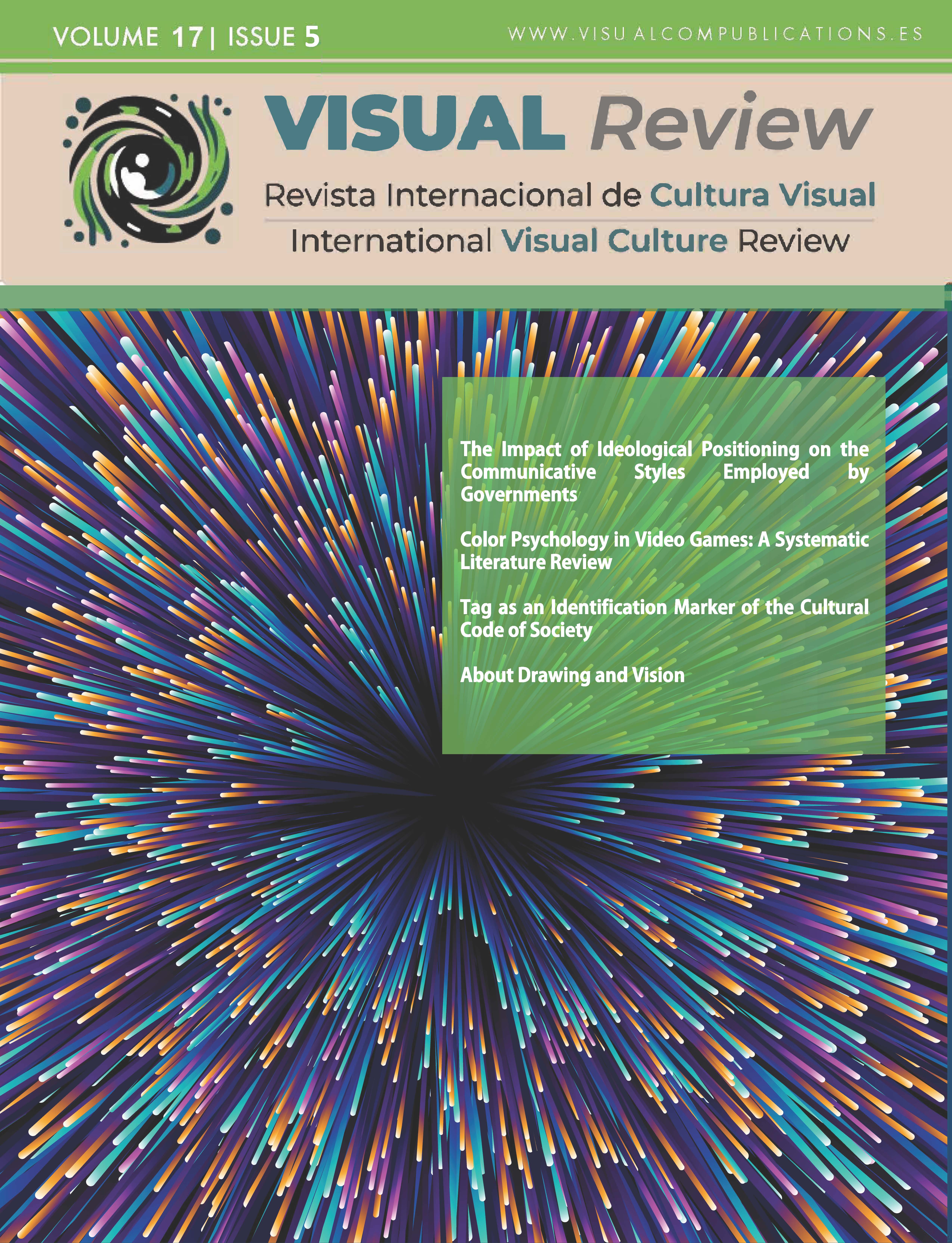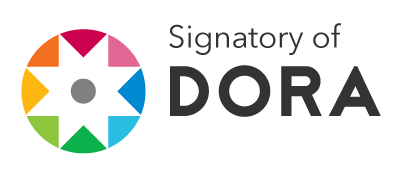Emotional Impact of Branded Content and Traditional Advertising from a Neuroscientific Perspective
DOI:
https://doi.org/10.62161/revvisual.v17.5949Keywords:
Branded content, advertising, Neuroscience, engagement, brand recall, Advertising effectiveness, sociographAbstract
This study analyses the emotional impact of branded content compared to traditional advertising from a neuroscientific perspective, using Sociograph© technology, a biometric neuromarketing tool based on EDA (Electrodermal Activity), to measure attention, emotion, and brand recall. The results confirm that branded content significantly outperforms traditional advertising across all evaluated metrics. This marketing technique effectively captures sustained attention, generates greater emotional engagement, and consolidates more effective brand recall. Additionally, it is perceived as less intrusive, increasing consumer acceptance.
Downloads
Global Statistics ℹ️
|
192
Views
|
117
Downloads
|
|
309
Total
|
|
References
Aguilera M., Baños J., & Baño M., Ramírez F., (2016). Los Mensajes Híbridos en el marketing postmoderno: una propuesta de taxonomía. Revista ICONO 14. Revista científica de Comunicación y Tecnologías emergentes, 14(1), 26–57. https://doi.org/10.7195/ri14.v14i1.890 DOI: https://doi.org/10.7195/ri14.v14i1.890
BCMA Spain. (2022). Caso de estudio. Recuperado de sitio web el 29 de julio de 2025: https://tinyurl.com/3ya54thk
BCMA (2022). Recuperado del sitio web el 15 de septiembre 2024: https://tinyurl.com/2mbskpm9
BCMA (2024) recuperado el 28 de noviembre 2024 del sitio web: https://shorturl.at/5u6J9
Bermejo-Berros, J. (2015). A classification of Branded Entertainment based on psychological levels of processing. [Una clasificación del Branded Entertainment basada en los distintos procesos psicológicos]. En Martí, J., Ruiz-Mafe, C., Scribner, L. (pp.22-53). Engaging Consumers through Branded Entertainment and Convergent Media. [Involucrando a los consumidores a través del Branded Entertainment y los Medios Convergentes]. Hershey: IGI Global. DOI: https://doi.org/10.4018/978-1-4666-8342-6.ch002
Bezbaruah, S., y Trivedi, J. (2020). Branded Content: A Bridge Building Gen Z’s Consumer–
Brand Relationship. Vision, 300-309. doi:10.1177/0972262920930167. DOI: https://doi.org/10.1177/0972262920930167
Braidot, N. (2005). Neuromarketing: neuroeconomía y negocios. Madrid: Puerto Norte-Sur.
De Balanzó, C.; Sabaté, J. (2007). Las neurociencias y la publicidad: nuevas fronteras a la persuasión”. En: Las encrucijadas de la comunicación: límites y transgresiones. IV Congrés Internacional Comunicació i Realitat. Barcelona: Facultat de Ciències de la Comunicació Blanquerna. Trípodos. Núm. Extra p. 909.
De Pino, C., y Reinares Lara, R. (2013). Evaluación y eficacia del branded content: un estudio empírico. Questiones Publicitarias Vol 1, 160-177. DOI: https://doi.org/10.5565/rev/qp.45
Del Pino-Romero, C., y Castelló Martínez, A. (2015). Los cambios en la comunicación publicitaria en la era digital. Cuadernos de Información y Comunicación, 20, 57-76.
García-Uceda, M. (2011). Las claves de la publicidad. En M. García-Uceda. Madrid: ESIC.
Guerrero-Pérez, E., Diego, P., Romano de Pedro, C., & Martín-Guerra, E. (2025). Neurociencia aplicada a la producción de series de ficción: mejorar la calidad optimizando el engagement y los niveles de atención de la audiencia. Revista De Comunicación, 24(1), 265–280. https://doi.org/10.26441/RC24.1-2025-3663 DOI: https://doi.org/10.26441/RC24.1-2025-3663
Guisado Rodríguez, A. (2017). “Storytelling”: cómo contar historias ayuda a la estrategia de marketing. Universidad de Sevilla: Facultad de Ciencias Económicas y Empresariales.
Grinta, E. (2017). Branded Entertainment. La rivoluziones del settore marcom inizia da qui. [Branded Entertainment. La revolución del sector de las comunicaciones de marketing empieza aquí]. Milán: FrancoAngeli.
Haiges, Scott y Lewis, M. (2011). The ROI of Digital Marketing. Whitepaper. Recuperado el 20 de abril de 2024, del sitio Web de ROI Research: http://bit.do/e8cGQ
IAB Spain. (2021). Libro blanco del branded content. Recuperado el 21 de octubre de 2024 de https://iabspain.net
Jenkins, H. (2006). Convergence culture: Where old and new media collide. New York: NYU Press.
Kumar, S. (2015). Neuromarketing: The New Science of Advertising. Universal Journal of Management 3(12), 524-531. DOI: https://doi.org/10.13189/ujm.2015.031208
Lasker, A. (1994). Campañas publicitarias exitosas. Serie Profesional de Publicidad.
Jenkins, H. (2006). La cultura de la convergencia de los medios de comunicación. Convergence Culture. (Hermida, P., trad) Barcelona: Paidos
Kendall, L. (2012). Put a price on your content: measuring the value of content and Branded Content. [Pon un precio a tu contenido: midiendo el valor del contenido y del Branded Content]. Recuperado el 1 de mayo de 2024, del sitio Web de Kendall Copywriting: http://bit.do/e8g3V
Liberos, E., Nuñez, A., Bareño, R., García del Poyo, R., Gutiérrez-Ulecia, J. y Pino, G. (2013, marzo). El libro del Marketing Interactivo y la Publicidad Digital. Madrid, España: ESIC.
Llorente Barroso, C., Rodríguez-Rabadán Benito, M., y Del Toro Martín, M. (2021). Estrategias de branded content: El entretenimiento como clave para conectar con las audiencias. Comunicación y Sociedad, 18(2), 35-56.
Martín Guerra, E. (2018). Selección eficaz de insights en estrategias de comunicación a partir del estudio unificado de reacciones conscientes y no conscientes. Madrid: Editorial Electrónica 2019.
Martínez, J. L. (2005). Desarrollo tecnológico para la medida electrofisiológica de la atención y activación emocional en grupos sociales. Aspectos históricos, teóricos y metodológicos. Biblioteca nueva.
Martínez, J. (2005). Tecnología Sociograph©: Medición de respuestas emocionales y cognitivas en tiempo real. Revista de Marketing Neurocientífico, 12(4), 215-230.
Monge, S., y Fernández, V. (2011). Neuromarketing: tecnologías, mercado y retos. Pensar la publicidad. Revista Internacional de Investigaciones Publicitarias, 17-40.
Nelli, R. (2012) Branded Content Marketing. Un nuovo approccio alla creazione di valore. [Branded Content Marketing. [Una nueva aproximación a la creación de valor]. Milan: Vita e Pensiero.
Núñez, A. (2007). ¡Será mejor que lo cuentes! Los relatos como herramientas de comunicación. Storytelling. Barcelona: Ediciones Urano.
Plassmann, H., Ambler, T., Braeutigam, S., y Kenning, P. (2007). What can advertisers learn from neuroscience? International Journal of Advertising, 26:2, 151-175, DOI: 10.1080/10803548.2007.11073005. DOI: https://doi.org/10.1080/10803548.2007.11073005
Pulizzi, J. (10 de 04 de 2012). Content Marketing Institute. Recuperado del sitio web el 1 de noviembre 2024 https://t.ly/UP1Jw
Regueira, J. (2012) El contenido como herramienta eficaz de comunicación de marca. Análisis teórico y empírico. Tesis doctoral. Universidad Rey Juan Carlos. Madrid, España. Recuperado el 25 de octubre de 2024, del sitio web de URJC: http://bit.do/e8g5S
Rogel del Hoyo, P., & Marcos Molano, M. (2020). Publicidad digital y el rol del consumidor activo. Anuario de Psicología del Consumidor, 9(3), 45-67.
Rodríguez-Rabadán, M. (2021). El papel de la técnica publicitaria Branded Content para generar nuevos vínculos de compromiso entre marca y sociedad. Questiones Publicitarias, 4(27), 31–37. https://doi.org/10.5565/rev/qp.350 DOI: https://doi.org/10.5565/rev/qp.350
Rodríguez-Rabadán, M., del Pino-Romero, C., y Galán-Fajardo, H. (2023). Identification of tools for measuring branded content: A proposal for evaluating its effectiveness. En Identification of tools for measuring branded content: A proposal for evaluating its effectiveness (pp. 319–344). IGI Global. https://doi.org/10.4018/978-1-6684-3971-5.ch014 DOI: https://doi.org/10.4018/978-1-6684-3971-5.ch014
Rogel del Hoyo, C., & Marcos Molano, M. (2020). El branded content como estrategia (no) publicitaria. Pensar la Publicidad. Revista Internacional de Investigaciones Publicitarias, 14(1), 65–75. https://doi.org/10.5209/pepu.68369 DOI: https://doi.org/10.5209/pepu.68369
Scopen (2022), estudio bianual branded content. Recuperado el 11 de noviembre 2024 del sitio web https://tinyurl.com/mu8dujdk
Sociograph (2021). El branded content emociona. Recupeardo el 29 de julio de 2025 de https://tinyurl.com/mr2caxkv
Sociograph. (4 de 6 de 2022). Obtenido de https://www.sociograph.es/
Sociograph. Marketing Science Consulting (9 de abril, 2021). Branded Content Marketing Association. https://bit.ly/2ZWRzOO
Torreblanca Díaz, C., Martín Guerra, P., y Tapia, J. (2012). Neuromarketing y evaluación de la atención publicitaria. Psicología y Mercados, 5(3), 19-27.
Downloads
Published
How to Cite
Issue
Section
License
Copyright (c) 2025 Authors retain copyright and transfer to the journal the right of first publication and publishing rights

This work is licensed under a Creative Commons Attribution-NoDerivatives 4.0 International License.
Those authors who publish in this journal accept the following terms:
-
Authors retain copyright.
-
Authors transfer to the journal the right of first publication. The journal also owns the publishing rights.
-
All published contents are governed by an Attribution-NoDerivatives 4.0 International License.
Access the informative version and legal text of the license. By virtue of this, third parties are allowed to use what is published as long as they mention the authorship of the work and the first publication in this journal. If you transform the material, you may not distribute the modified work. -
Authors may make other independent and additional contractual arrangements for non-exclusive distribution of the version of the article published in this journal (e.g., inclusion in an institutional repository or publication in a book) as long as they clearly indicate that the work was first published in this journal.
- Authors are allowed and recommended to publish their work on the Internet (for example on institutional and personal websites), following the publication of, and referencing the journal, as this could lead to constructive exchanges and a more extensive and quick circulation of published works (see The Effect of Open Access).













